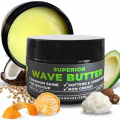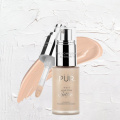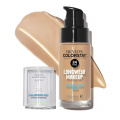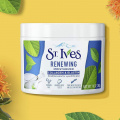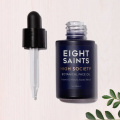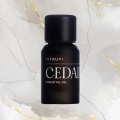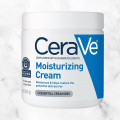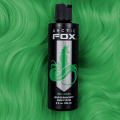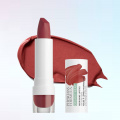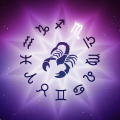Coconut Oil for Lice: Harnessing the Power of This Essential Oil
Lauric acid in coconut oil can be a potential mass killer for pesky head bugs. Unlock the amazing benefits of coconut oil for lice and debug your scalp naturally.
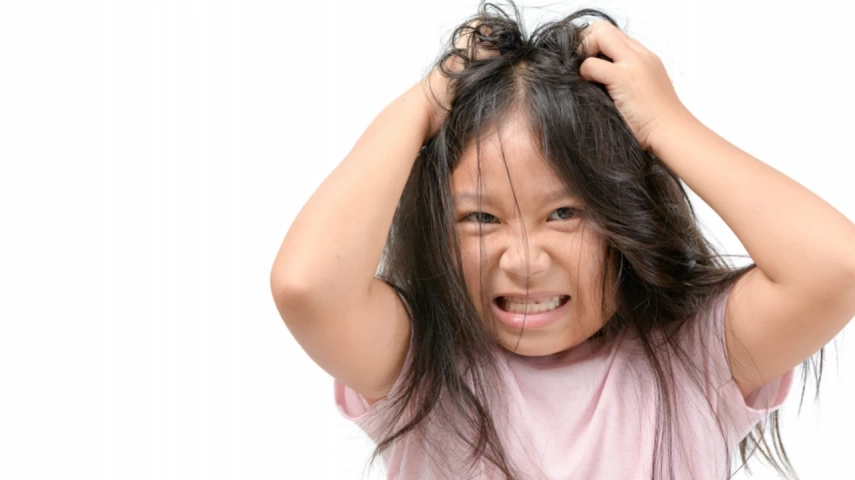
The bloodthirsty parasites known as head lice, have bugged the human race from time immemorial. We’ve all had our share of itchy scalps due to head lice at least once in our lives, especially in childhood. Lice don't care if you're black, white, Asian, or American; all they look for is that you're human and not bald. Like all methods of pest control, the only way to get rid of lice effectively is to kill all the bugs and remove their eggs (1). The market is flooded with commercial products to kill lice. If you are looking for more eco-friendly and natural remedies, then coconut oil for lice would be our go-to advice. Read more to find out how coconut oil kills lice.
What Leads to a Lice Infestation?
Head lice reside in our hair and feed on blood through our scalps. Their bites are itchy, and live lice crawling on the head look disgusting. Science says that lice can also infect the rest of the body hair and the pubic hair, leading to serious health issues. Infestation with lice, or ‘pediculosis,’ is terrifying because it tends to spread rapidly (1).
Most of the time, head lice will lay their eggs close to the scalp, near the roots of the hair. These eggs are called nits. They usually hatch within a week. The infestation of head lice is multifactorial and associated with several myths.
Common factors that lead to lice infestations are:
1. Direct Contact with a Lice Infested Person
Lice is a common childhood bug. Lice infestation is fairly common in playgroups at daycares, kindergartens, and schools where children tend to play together and share objects. Hugging, sleeping together, and sitting close by for hours are a few other methods of direct lice infestation (2).
2. Direct Contact with an Inanimate Object
Lice can only live by feeding on blood. They rely on blood plasma for nutrition. Thus, it is unlikely that you will find live lice on objects like clothes and accessories used by an infected person. However, the nits can sometimes fall off the hair strand onto a scarf or hat worn by a lice-infested person, which may lead to cross-contamination.
3. Indirect Lice Infestation
It is advised to avoid wearing other people's hats and to use combs and other hair accessories as a precaution. You have a high risk of lice infestation if you come in contact with pillows, beds, or sofas that have recently been occupied by a person with lice (1).
4. Infestation by Body Louse
Body lice are not entirely dependent on plasma for survival. This is the main difference between head and body lice. They can easily transmit through beds, mattresses, blankets, and clothes (3).
5. Cleanliness
Contrary to popular belief, lice are not bothered by your scalp hygiene. Clean or dirty, lice can infect both types of scalps. They only need blood and hair strands to survive.
There is no need to treat pets for head lice because animals cannot harbor the parasite. Additionally, using insecticides or disinfecting your home is not necessary (1). Treatment becomes necessary only if you detect live lice or eggs on your scalp (4).
Why is Oil Best for Lice Treatment?

Millions of people still experience louse infestations each year on a global scale. It's critical to respond quickly with remedies as simple as lice treatment with oil to prevent them from spreading further.
There are several different neurotoxins (poisons that impair the neurological system of lice) used in conventional head lice treatments. They could be silicon-based or natural. Oil for lice treatment is an emerging method to get rid of lice infestations, backed by both anecdotal evidence and science (5).
Oil is often used as a lice treatment for several reasons:
- Removal of Lice
Oils are popular for their lubrication properties. Lice treatment with oil can reduce the sticky nature of the lice on the hair roots. As the lice easily fall off, they can be combed out with a 'nit comb' or a fine lice comb.
- Suffocating the Lice
The mature louse is the size of a sesame seed and has six legs. They breathe through tiny tubes called spiracles. Oils are essentially sticky. Oils can block these spiracles and suffocate the lice to death (6).
- Immobilizing the Lice
Oils are greasy and viscous. They form a thick adhesive layer on the scalp. The lice find it difficult to disengage and hook onto the scalp and hair follicles. When the lice are immobilized or stuck, it is simple to brush them out with the fine lice comb (6).
- Non-Toxic and Safe
Commercial preparations of vital chemicals like malathion, permethrin, lindane, and pyrethrins, which are typically used for lice removal, may be toxic. Both children and adults with sensitive skin may develop allergies to these chemicals. Thus, recent treatment modalities are inclined towards natural remedies like oil for lice treatment (4).
Moreover, there is a need for the creation of more potent substances that can effectively kill adult lice since resistance to pediculicides (products that kill lice) like permethrin is continually rising (7).
- Budget-friendly
Since oil is a common home item, treating lice with it is a cheap choice. Using oil may be a more cost-effective option than specialized lice shampoos or prescription drugs.
Our research indicates that some of the best products used for oil for lice treatment are coconut oil, castor oil, olive oil, tea-tree oil, and garlic oils. We shall further discuss how coconut oil kills lice.
How To Use Coconut Oil For Lice

Our findings show that the use of plant-based treatments has become popular in recent years. There is anecdotal and scientific evidence to back up the effectiveness of oil for lice treatment; however, there is scope for further research and investigation on the matter.
Why is Coconut Oil for Lice an Effective Treatment?
1. Coconut oil is not neurotoxic to the lice.
It does not interfere with the metabolism and nervous control of the lice to kill it. Coconut oil is rich in fatty acids like lauric acid and caprylic acid, making it greasy and ideal for lubrication.
Coconut oil lathered hair has the following characteristics:
- The hair strands are difficult to grasp for the lice.
- They do not allow the sticking of the lice eggs.
- They make it easier to comb the hair using the ‘lice comb,’ without breakage.
2. Coconut oil is viscous and easily bathes the lice, choking their breathing tubes.
3. Coconut oil kill lice infestation by halting its spread. Oil-smothered lice do not stick to clothes, hats, and scarves that easily (8).
Here are a few ways you can use coconut oil for lice effectively at home:
Pure Coconut Oil Head Massage
- Always use pure cold-pressed coconut oil for massaging a scalp infested with lice.
- Use a fine-toothed nit comb to work through the hair before applying the coconut oil to help untangle it and make the oil application easier.
- Directly apply the oil to the scalp and thoroughly massage it into the hair. Pay close attention to the places, such as behind the ears and at the nape of the neck, that are frequented by lice.
- Leave the coconut oil on the hair overnight for the best results. This makes it possible for the oil to loosen and suffocate the lice.
- The next morning, carefully comb through the hair with a fine-toothed nit comb. Comb your hair from the scalp to the ends, wiping the comb after each stroke onto a cloth or paper towel to get rid of any lice.
- Wash the hair with regular paraben-free shampoo thereafter to remove the oil.
- Repeat the process twice weekly to eradicate all the lice and any new hatches (9).
Coconut Oil with Star Anise Spray

According to a UK study, coconut oil and anise oil sprays may be substantially more effective than permethrin solutions for treating lice. Anethole, a substance found in star anise, is thought to have insecticidal qualities.
You can make a star anise solution by boiling crushed star anise seeds in clean water. Strain out the seeds and cool the solution. Mix 2 tablespoons of pure organic coconut oil with a few drops of the solution and use it in a similar fashion (10).
Coconut Oil with Lemon Extract
Lemon extract has insecticidal characteristics, specifically citric acid, that could help eliminate lice. Combine lemon essence with pure coconut for a thorough head massage (11).
Coconut Oil with Garlic Oil
Garlic has insect-repellent properties due to its constituents like essential oils, alildisulfida, and allisin. Make garlic oil at home by soaking garlic cloves in carrier oils like olive oil for months. Studies have shown that garlic can kill lice in as little as 3 hours! Use a 1:1 mixture of garlic oil and coconut oil for lice to see the effects (12).
Coconut Oil with Tea Tree Oil
Tea tree oil is a potent bactericidal and insect-repellant. Take a small amount of coconut oil (around 2 tablespoons) and add a few (2-3) drops of tea tree oil to it. Studies suggest that tea tree oil can kill lice in 30 minutes (13).
Coconut Oil with Castor Oil
Castor oil is a highly viscous, thick oil that nourishes hair roots and boosts hair growth. It can help create a more robust and durable barrier on the scalp and hair when mixed with coconut oil, further smothering lice (6).
What are the Risks and Side Effects of Coconut Oil
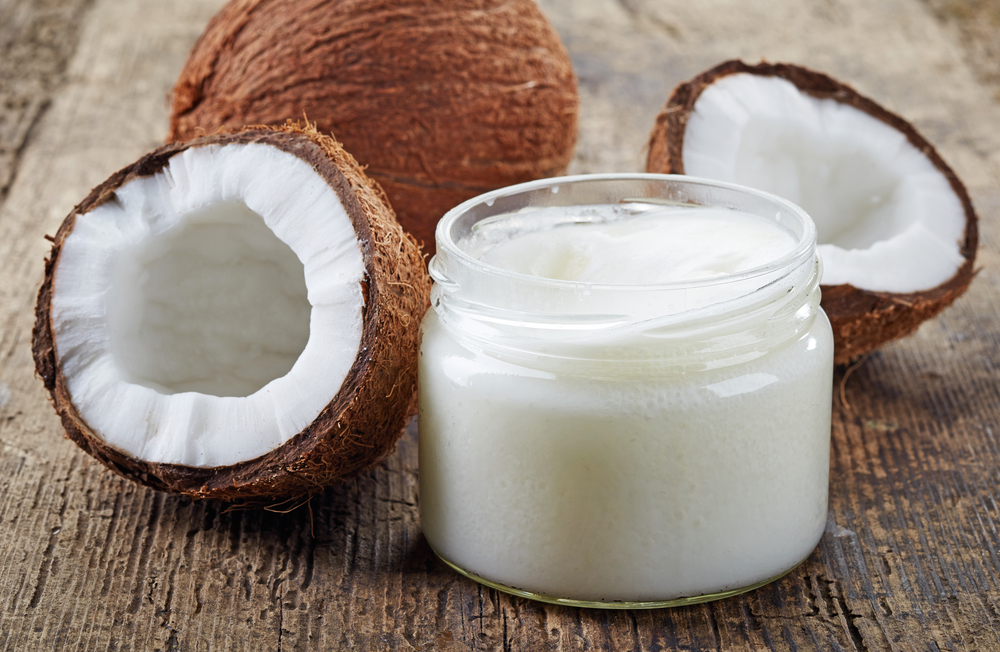
Coconut oil is a potentially safe oil for most people. It is skin and hair friendly. Coconut oil is not an irritant, even in larger amounts. Unless you are known to be allergic to coconut oil, there is no reason to avoid it. If you are using coconut oil for the first time, try a patch test for at least 48 hours to prevent any oil-related allergies.
Conclusion
Coconut oil for lice reveals the key to permanently getting rid of these pesky bugs. With its all-natural qualities and remarkable potency, coconut oil stands out as the best weapon against lice. With coconut oil, you don't need to rely on chemical-laden lice-killing shampoos and hair lotions. Coconut oil kills lice, nourishes dry, frizzy hair, and boosts the health of the hair follicles. You may have to use coconut oil more often than usual to get rid of all the lice. Do not forget to wash your scalp thoroughly after using the oil to prevent build-up. You could try some of our suggested coconut oil concoctions for better results!
Sources:
1. InformedHealth.org [Internet]. Cologne, Germany: Institute for Quality and Efficiency in Health Care (IQWiG); 2006-. Head lice: Overview. 2008 Mar 5 [Updated 2018 Dec 13].
https://www.ncbi.nlm.nih.gov/books/NBK279329/
2. Meister L, Ochsendorf F. Head Lice. Dtsch Arztebl Int. 2016 Nov 11;113(45):763-772.
https://www.ncbi.nlm.nih.gov/pmc/articles/PMC5165061/
3. Speare R, Cahill C, Thomas G. Head lice on pillows, and strategies to make a small risk even less. Int J Dermatol. 2003 Aug;42(8):626-9.
https://pubmed.ncbi.nlm.nih.gov/12890107/
4. Nash B. Treating head lice. BMJ. 2003 Jun 7;326(7401):1256-7.
https://www.ncbi.nlm.nih.gov/pmc/articles/PMC1126126/
5. Greive KA, Barnes TM. The efficacy of Australian essential oils for the treatment of head lice infestation in children: A randomised controlled trial. Australasian Journal of Dermatology. 2018 May;59(2):e99-105.
https://onlinelibrary.wiley.com/doi/pdfdirect/10.1111/ajd.12626
6. Izri A, Uzzan B, Maigret M, Gordon MS, Bouges-Michel C. Clinical efficacy and safety in head lice infection by Pediculus humanis capitis De Geer (Anoplura: Pediculidae) of a capillary spray containing a silicon-oil complex. Parasite. 2010 Dec 1;17(4):329-35.
https://www.parasite-journal.org/articles/parasite/pdf/2010/04/parasite2010174p329.pdf
7. Heukelbach J, Speare R, Canyon D. Natural products and their application to the control of head lice: an evidence-based review. Chemistry of natural products: recent trends and developments. 2006:277-302.
8. van der Wouden JC, Klootwijk T, Le Cleach L, Do G, Vander Stichele R, Knuistingh Neven A, Eekhof JAH. Interventions for treating head lice. Cochrane Database Syst Rev. 2018 May 22;2018(5):CD009321.
https://www.ncbi.nlm.nih.gov/pmc/articles/PMC6494540/
9. Rele AS, Mohile RB. Effect of mineral oil, sunflower oil, and coconut oil on prevention of hair damage. J Cosmet Sci. 2003 Mar-Apr;54(2):175-92.
https://pubmed.ncbi.nlm.nih.gov/12715094/
10. Burgess IF, Brunton ER, Burgess NA. Clinical trial showing superiority of a coconut and anise spray over permethrin 0.43% lotion for head louse infestation, ISRCTN96469780. European journal of pediatrics. 2010 Jan;169(1):55.
https://link.springer.com/article/10.1007/s00431-009-0978-0
11. Shrivastava, V.K., Purwal, L., & Jain, U.K. (2010). In vitro pediculicidal activity of juice of Citrus limon. International Journal of PharmTech Research, 2, 1792-1795.
12. Al-Zanbagi N, Al-Hashdi DF. In Vitro Investigation of Allium Sativum as Anti-Head Lice in Jeddah, Saudi Arabia. International Journal of Scientific Research. 2016;5(5):632-5.
13. Di Campli E, Di Bartolomeo S, Delli Pizzi P, Di Giulio M, Grande R, Nostro A, Cellini L. Activity of tea tree oil and nerolidol alone or in combination against Pediculus capitis (head lice) and its eggs. Parasitol Res. 2012 Nov;111(5):1985-92.





 JOIN OUR WHATSAPP CHANNEL
JOIN OUR WHATSAPP CHANNEL



































